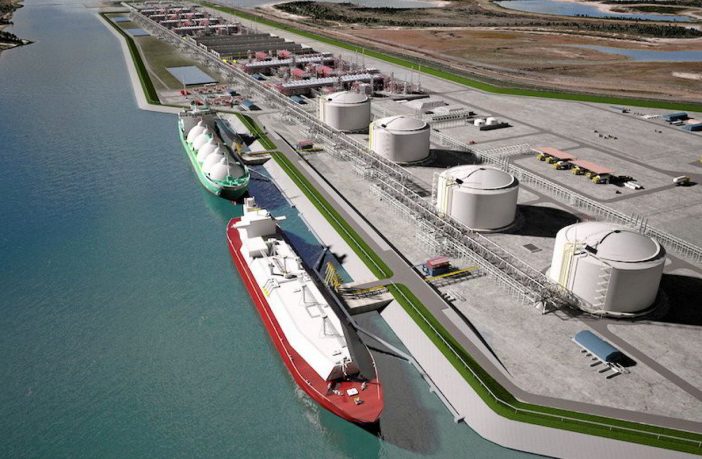- The use of carbon capture and storage (CCS) could have a material impact on LNG projects’ carbon emissions.
- Depending on the strategy adopted, more than 25% of overall carbon emissions could be removed, says Wood Mackenzie.
LNG is one of the most emissions-intensive upstream resource themes in the energy sector. With pressure increasing on LNG players to cut emissions, significant steps are required to decarbonise portfolios.
Wood Mackenzie senior analyst Daniel Toleman said: “Around 40% of the total scope 1 and 2 LNG emissions are from the process of gas liquefaction. That said, not all LNG projects are created equal from an emissions perspective. Each plant has a unique emissions profile and hence the best way to reduce the carbon footprint of an Arctic LNG plant may vary significantly from one in Qatar or Australia.
“The main options for reducing LNG emissions include CCS, carbon offsets, methane leakage reduction, electrification, and the use of renewables and batteries. CCS can have a material impact on reducing emissions of LNG projects. Depending on the CCS strategy adopted, we estimate that more than 25% of carbon emissions can be removed.
“The good news is that LNG players are well placed to lead the CCS charge, with strong balance sheets, operational capability and reservoir expertise. There are also economic incentives for pursuing CCS as reducing emissions mitigates against a carbon tax, helps future-proof the asset and can offer pricing upside.”
There are two main approaches to deploying CCS at LNG projects: capturing CO2 from the reservoir and capturing post-combustion CO2.
Various factors that can impact CCS project costs include proximity of CO2 source to the injection site, onshore versus an offshore injection, project economies of scale, and availability of existing infrastructure for repurposing.
Approach one involves capturing reservoir CO2. There are significant cost advantages to this approach versus post-combustion capture. Irrespective of whether reservoir CO2 is sequestered or vented, all LNG projects must remove CO2 from the feedgas stream before liquefaction to prevent the CO2 from freezing and blocking processes. As such, the acid gas removal unit (AGRU) used to capture CO2 does not incur additional costs. Reservoir CCS can reduce the overall intensity of LNG projects by 25%, and in some cases up to 50%.
In contrast, the second approach, post-combustion CCS, involves capturing CO2 from the LNG flue gas stream. Post-combustion CCS is more expensive compared to reservoir CCS. However, there are cost benefits of adding post-combustion CCS to a new-build LNG facility, due to design and location synergies.
Tax credits or other policy incentives may also help improve the economics of post-combustion CCS. For example, in the US, new-build post-combustion projects can become very competitive as well with the application of the 45Q tax credit for carbon sequestration.
Toleman said: “CCS will play a significant role in reducing emissions from LNG projects as long as country-specific legislation progresses, and costs can be brought down. Low-cost reservoir CCS projects are likely to be the first to move ahead. Look out for projects in Qatar, Australia, Malaysia and Timor Leste. LNG players in the US, who benefit from the 45Q tax credit, will likely be the first LNG players to take post-combustion CCS forward.”
Author: Bryan Groenendaal
Source: Woodmac















